I returned to Teotitlán del Valle late Friday afternoon to view the convite of of unmarried women of the village and Grupo de la Danza de la Pluma 2019-2021 danzantes (dancers) process through town — an invitation to further festivities honoring La Preciosa Sangre de Nuestro Señor Jesucristo. Though that wasn’t the only activity on my agenda; I would be spending the weekend with my amiga K, who was house-sitting for another amiga N. It would be a weekend in the countryside for this city gal!
I arrived late afternoon on Friday…

Canastas (baskets) lined up in front awaiting the procession under the gaze of the sacred mountain, El Picacho.

The convite begins — unmarried women of Teotitlán del Valle carrying the aforementioned canastas (baskets).

After the convite, an early evening encounter with a burro as mi amiga K and I walked to Restaurante y Galería Tierra Antigua .
Saturday…

Breakfast gathering of cocineras (cooks) and friends in the cocina de humo at Restaurante y Galería Tierra Antigua.

Following the Danza de la Pluma, late night watching the toritos, castillo, and fireworks in front of the church.
Sunday…

Off to market day in Tlacolula de Matamoros. The upside down St. Peter encountered in the Señor de Tlacolula chapel.

Returning to Teotitlán del Valle, still life in front of the sacred mountain, El Picacho, seen while walking back to the church in the afternoon.

Final Danza de la Pluma performance in the church atrium at the 2019 Fiesta de la Preciosa Sangre de Cristo.
It was a lively, delicious, and exhausting weekend. Did I mention, I walked an average of 4.5 miles per day? Wouldn’t have missed it for the world! Muchisimas gracias to all who made it an unforgettable weekend!







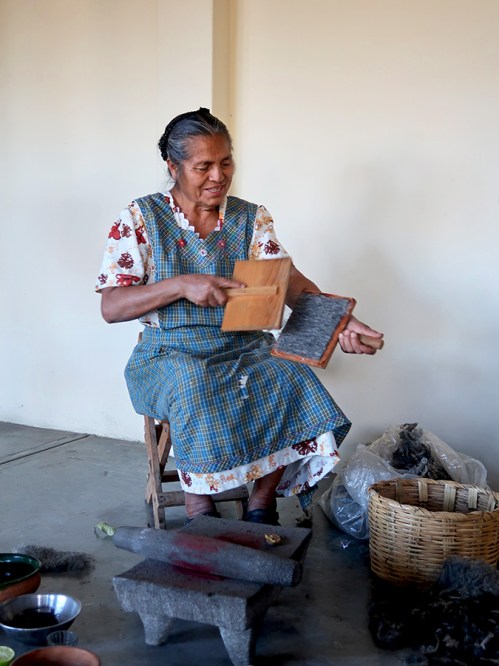
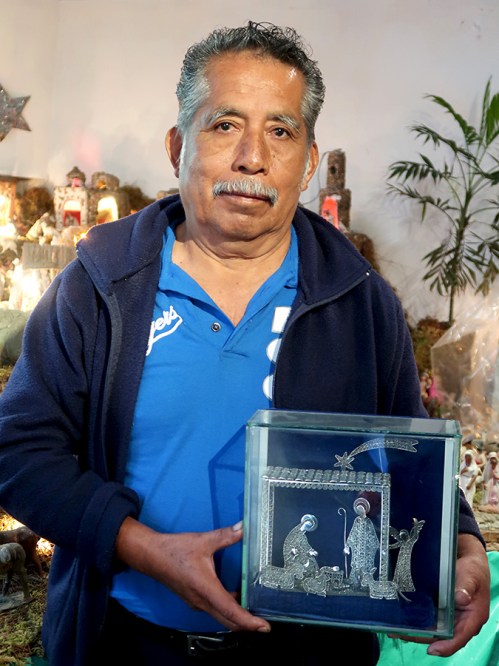



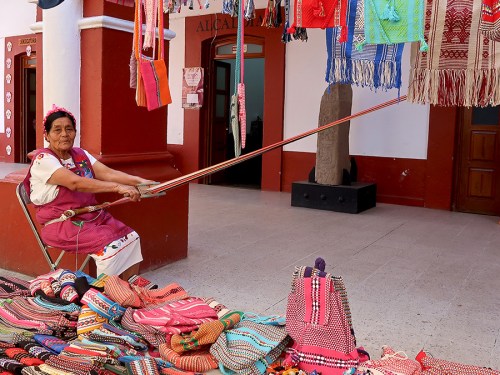







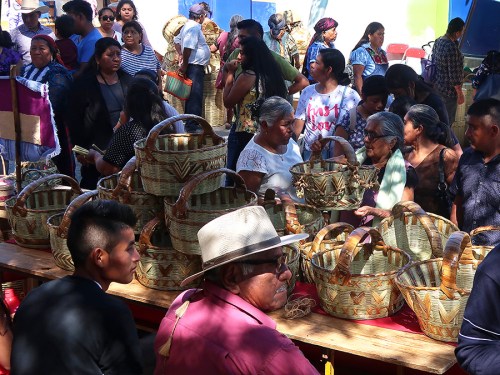





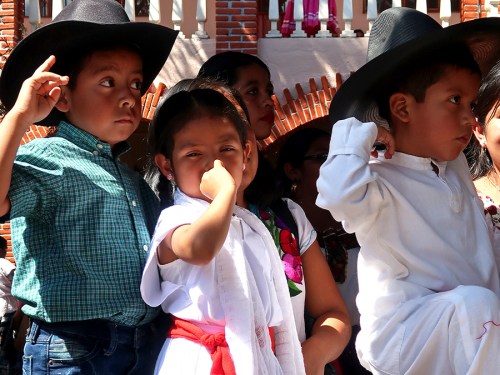





















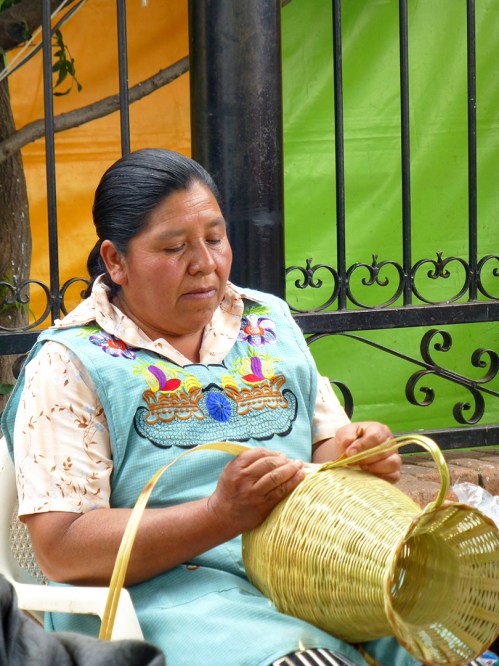







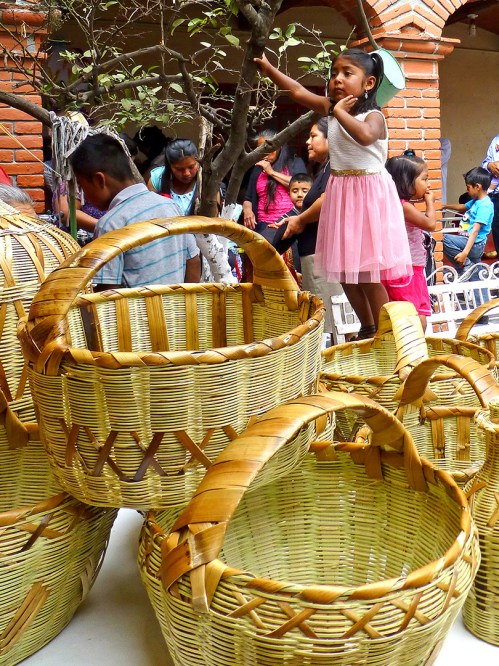

















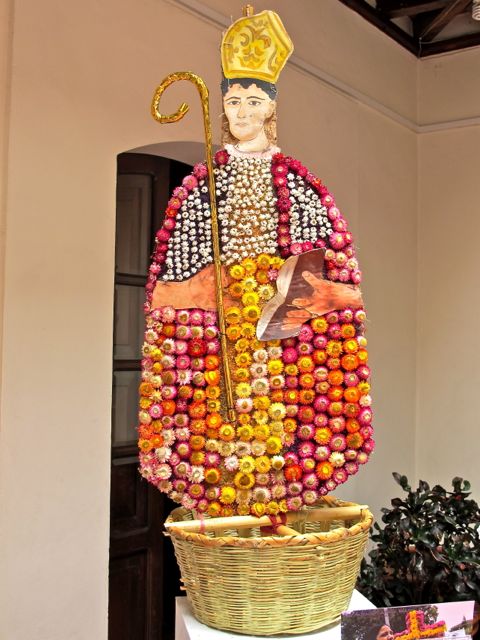







 Mexican Peso Converter
Mexican Peso Converter